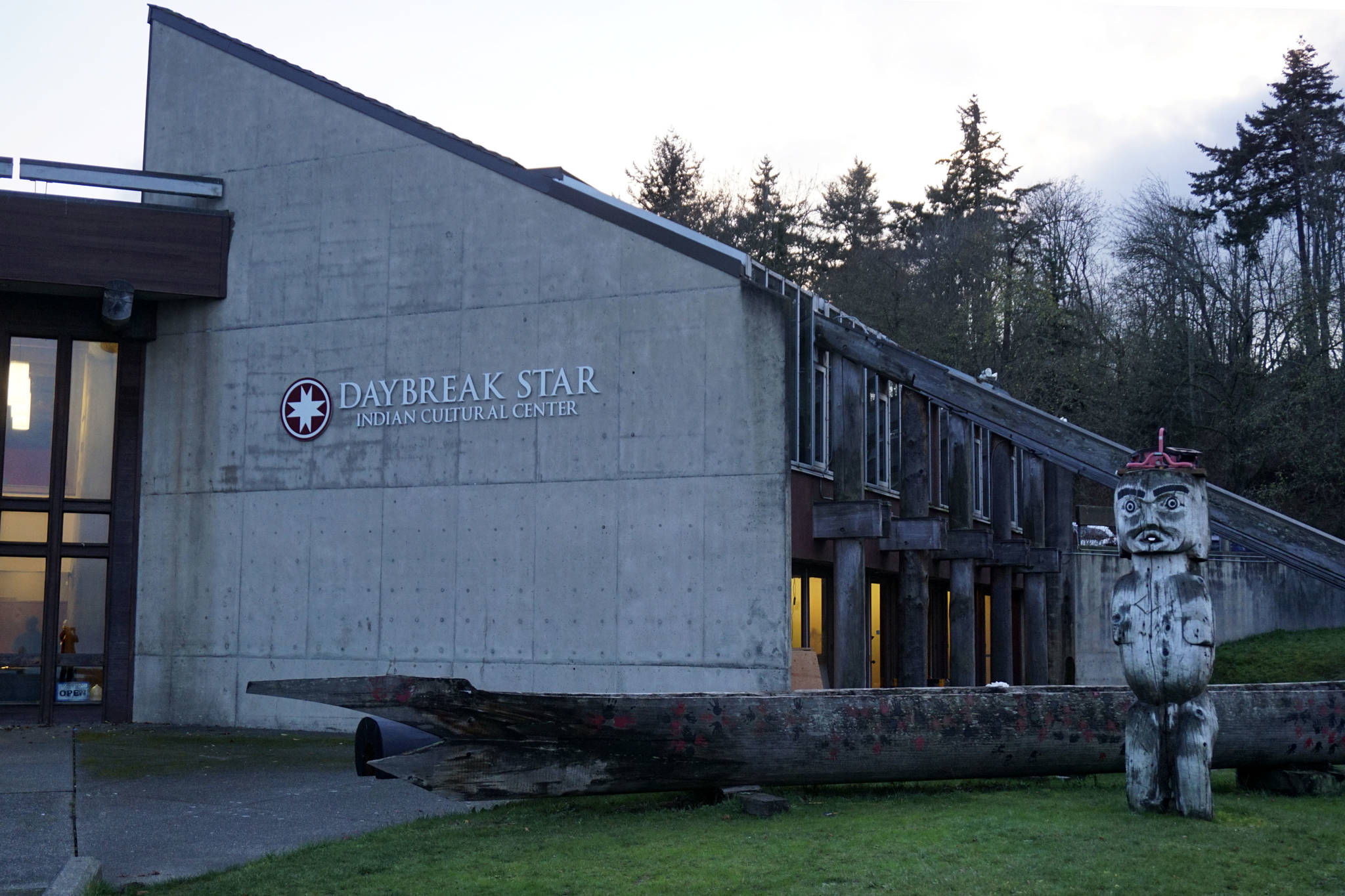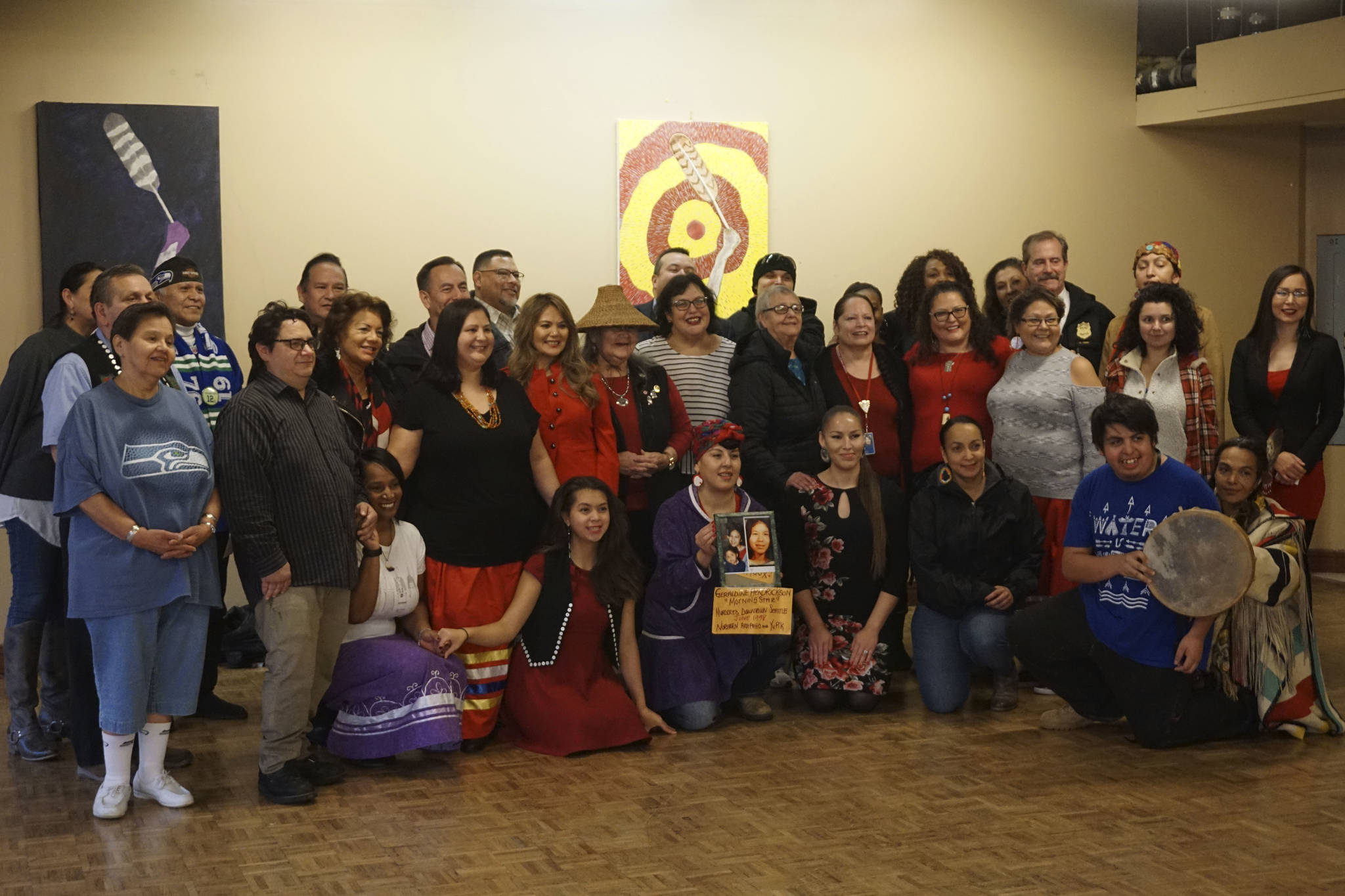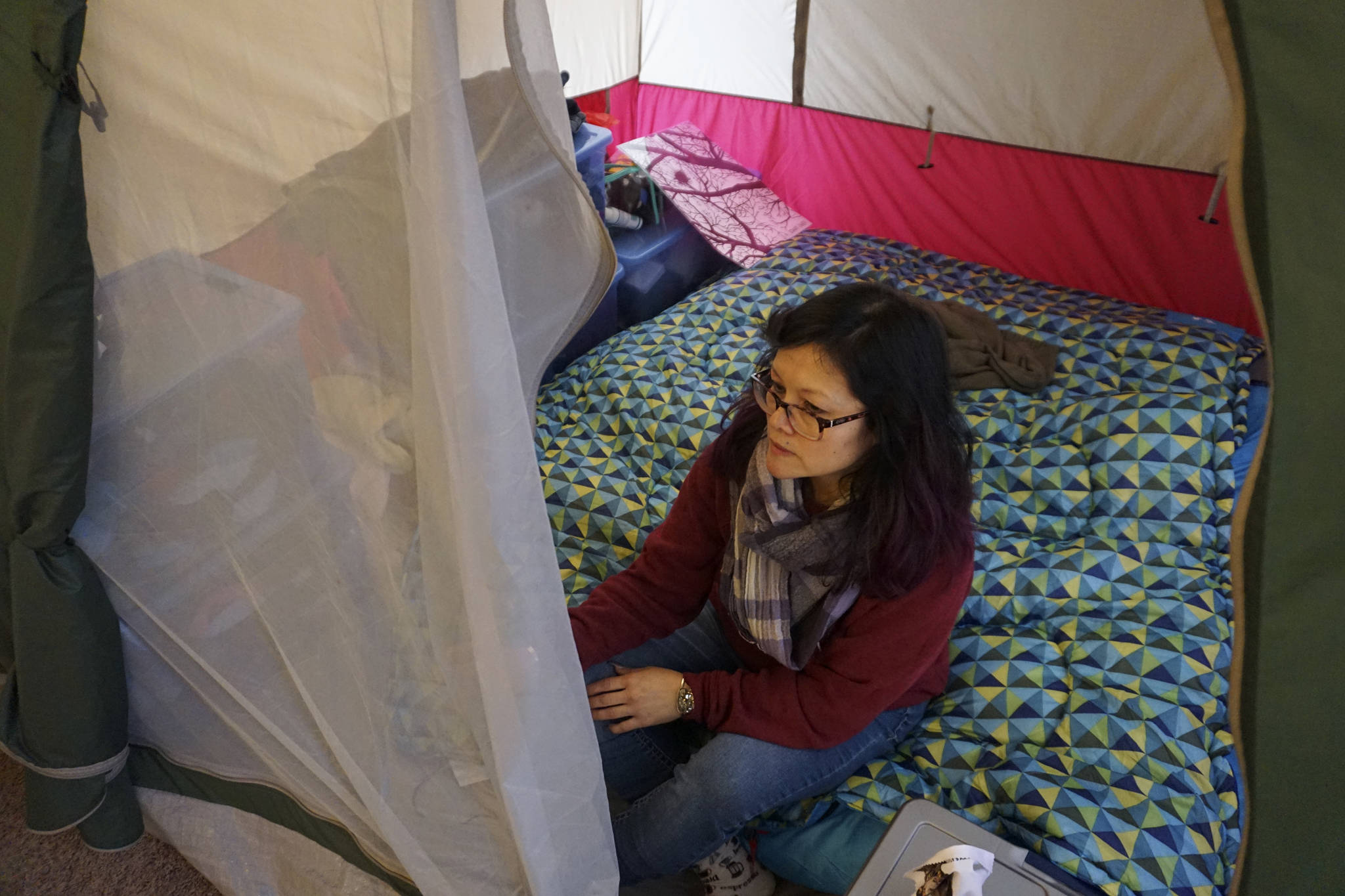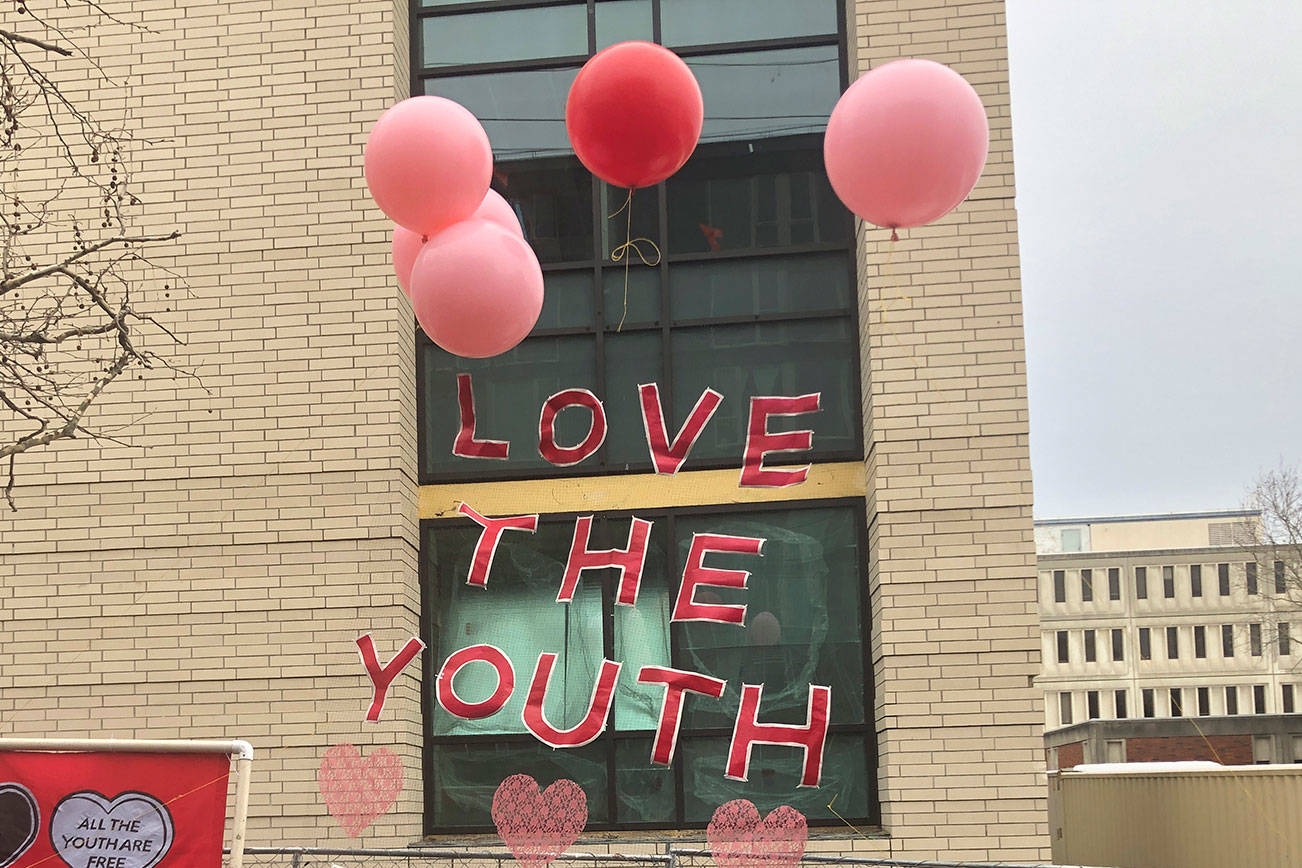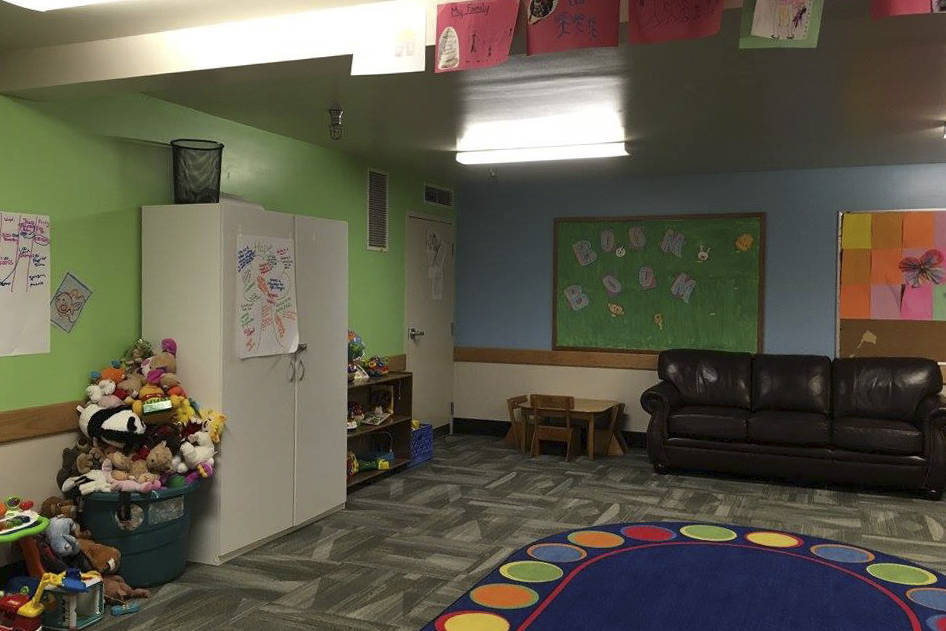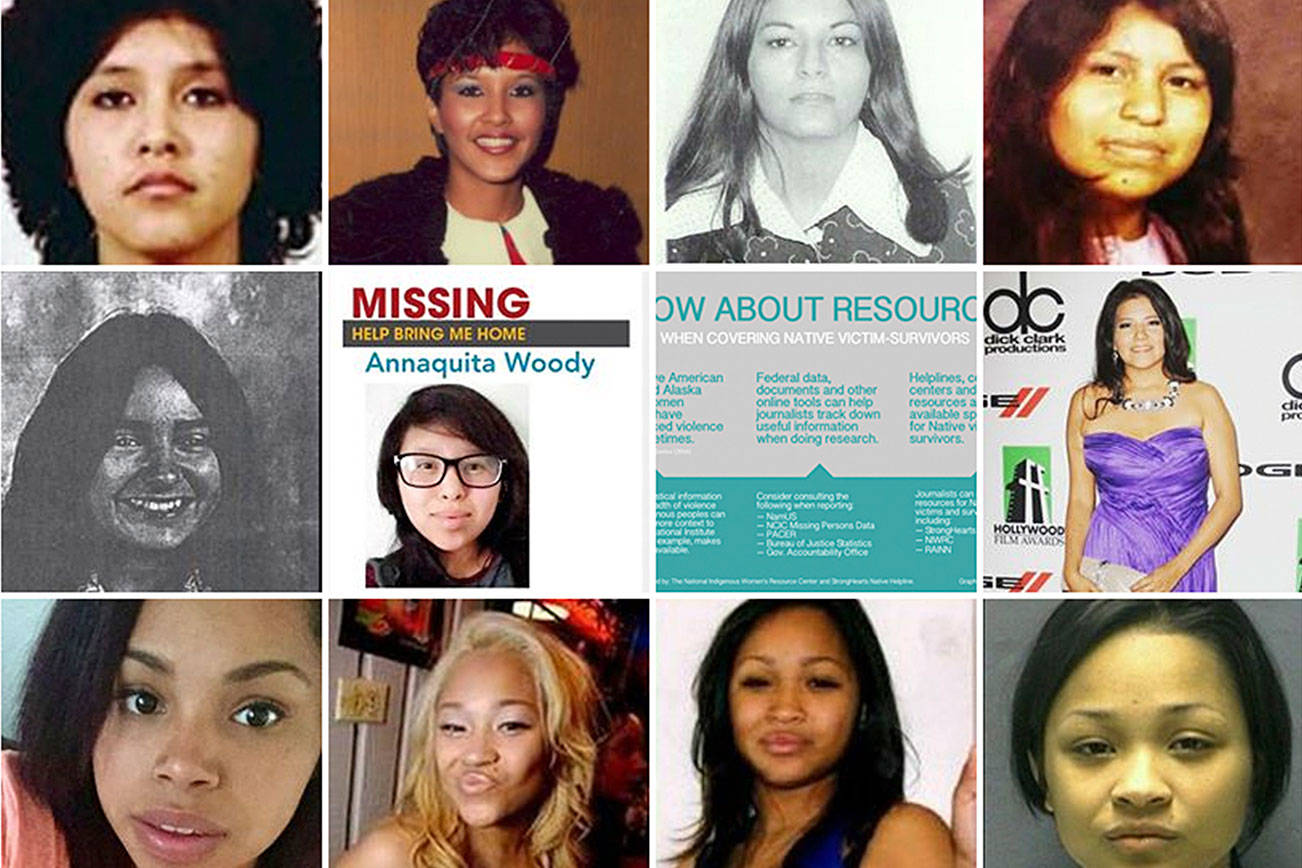As a teenager in Port Angeles, Washington, Kyle Taylor Lucas had grown accustomed to her mother’s frequent disappearances during bouts of drinking. She would always return to her five children after a day or two, until one day she didn’t. Lucas, then 14, called the local taverns and bars frequented by her mother, Clara Nali, but to no avail. She contacted the police when her mother remained missing a few days later, but her requests for help were ignored. As a member of the Tulalip Tribes and the Nlaka’Pamux Nation, British Columbia, Lucas believes that discrimination and an unawareness of the propensity of violence against indigenous women led to the police’s inaction that day. It was a rude awakening.
“Even as a 14-year-old child, the local law enforcement was willing to just turn their back on me instead of embracing me and trying to help me,” Lucas said.
On the fourth day of her mother’s disappearance, Lucas received a call from the hospital informing her that a county sheriff’s deputy had found her mother laying on a rural road, brutally raped and beaten beyond recognition. With jaws wired together and a swollen head that had ballooned to twice its usual size, Lucas refused to believe that the barely alive person she visited in the hospital was her mother. “It was then that I noticed her tiny little gold wedding band on her small little hands,” Lucas recounted. “And then I knew it was my mom.” After the hospital visit, Lucas returned home to care for her four younger siblings until she was eventually put into foster care.
Decades later, Lucas believes that police would have been more willing to help locate her mother if law enforcement were taught cultural competency and had a greater understanding of the underlying historical and political factors that lead indigenous people to go missing or to be murdered at higher rates than most other ethnicities. According to a recent Centers for Disease Control and Prevention report that analyzed data from 2003–14, indigenous women are the second most likely to experience homicide, trailing closely behind black women. A 2016 U.S. Department of Justice study also showed that over 84 percent of Native women have experienced violence in their lifetime, 97 percent of whom were victimized by at least one non-indigenous person. Exacerbating the issue is a 1978 U.S. Supreme Court ruling (Oliphant v. Suquamish Indian Tribe) that prevents federally recognized tribes from criminally prosecuting non-Native people.
The scale of the epidemic is largely unknown. Underreporting, poor relations between law enforcement and Native communities, a lack of comprehensive data collection, racial misclassification, and media biases have led to scant records, according to another study conducted by Urban Indian Health Institute (UIHI). Data also doesn’t capture the violence that the urban indigenous population faces, although 71 percent of Native people live off of reservations in cities, the UIHI report said. Case in point: UIHI authors Abigail Echo-Hawk and Annita Lucchesi cited the 506 cases of missing and murdered indigenous women and girls across 71 cities that were identified in the report as “likely an undercount.” And 71 urban indigenous women are missing or murdered in Washington, making it the state with second highest amount of cases behind New Mexico. Meanwhile, Seattle ranked as the city with the most cases of missing and murdered indigenous women.
Washington state Senate House Bill 2951, which became law last June, seeks to enhance data collection as a first step in finding missing and murdered women, as well as preventing their disappearance in the first place. Sponsored by Rep. Gina Mosbruker (R-Goldendale) following the lobbying efforts of indigenous women, the approved bill stipulates that the Washington State Patrol (WSP) must produce a report by June 1, 2019, that shows the amount of missing and murdered women in the state, identifies obstacles to state resources, and provides suggestions to solve the crisis. WSP is also required to work with the Governor’s Office of Indian Affairs to conduct meetings with local law enforcement partners, urban Indian organizations, and federally recognized tribes to gather information for the report.
During six community outreach sessions that began Sept. 27 in Tulalip and ended Dec. 21 at Seattle’s Daybreak Star Indian Cultural Center, the WSP and the Governor’s Office of Indian Affairs met with urban and tribal community members to discuss personal stories of loss and brainstorm ways to address the issue. The Dec. 21 meeting in Seattle’s Magnolia neighborhood was organized by members of the Tlingit and Haida Washington Chapter as an opportunity for urban Natives to provide input on the newly adopted bill.
While she has received useful information from community meetings, WSP Captain Monica Alexander said that the reasons behind Washington’s high rate of missing and murdered women remains a mystery. “Based on the information that we’ve been given, that hasn’t really been definitive for us,” Alexander told Seattle Weekly.
Community discussions have offered ideas that she plans to include in the final report, like providing additional training to law enforcement. “I welcome the suggestions, because one of the things that I don’t want to happen from this process is that I go out and I meet with all of these communities and then I make the decision on what’s supposed to happen,” she said. “I think it’s really important for me to know from the community how they see this problem being solved.”
On Dec. 21, about 50 people sat at roundtables in Daybreak Star’s expansive main room that featured Native art adorning the walls and large windows overlooking the Puget Sound. Referencing the pandemic nature of the issue, one community member asked Alexander if WSP will work with law enforcement and agencies in other states to track down missing and murdered women. Alexander discussed the possibility of creating an advisory committee and collaborating with senators to learn how other states are protecting Native women. “We want to start with our state, but we definitely don’t want to silo ourselves off from other places,” Alexander responded.
During the open discussion, a friend of Misty Upham — a Blackfoot Nation member and actress who appeared in award-winning films — discussed her involvement in Upham’s search after she’d disappeared. According to the Guardian, the Auburn police ignored the family’s multiple requests for an official search party, leaving family and friends to find her body at the bottom of a ravine in Auburn, 11 days after she was reported missing. Upham’s friend asked that first responders and law enforcement be trained to address communities in a culturally respectful manner. She wanted the families of victims to be provided resources like search and rescue dogs, and for protocols to be developed so loved ones know how to respond when their family members go missing. Another woman, who didn’t know that she was Native until she was 35, suggested that coroners be required to administer blood tests on unidentified bodies to determine their ethnicities.
The inclusion of urban Natives in the report was the result of several weeks of lobbying efforts spearheaded by Lucas, now an indigenous organizer, and her Olympia-based group, Urban Indians Northwest. When Lucas discovered that the original bill’s language failed to include urban Indians and local law enforcement, she encouraged urban Natives and allies to write emails, call legislators, post comments on the bill page, and testify on behalf of an amendment that would expand the report to count the cases of Natives who live off reservations — and also include collaboration with local law enforcement to determine the full scope of the problem and improve reporting and investigation practices.
The matter was personal to Lucas as an urban Native whose own family had survived generational trauma and violence. Years after her near-death experience, Nali was killed at the hands of an intimate partner, Lucas wrote in a Feb. 27 letter to the chair of the Washington Senate Rules Committee, Lt. Governor Cyrus Habib. Nali’s obituary in the Tacoma News Tribune dates the event as Aug. 16, 2018, but withholds the cause of death.
“She was an Indigenous woman, a human being. Yet based upon the parameters of this legislation, she would not have been counted as missing during the many times she was missing,” Lucas emphasized in her letter. Mere days before the end of the legislative session, the bill was amended to include the stipulations that Lucas found vital to measure the true scope of the crisis.
“That’s why I’ve fought so hard,” Lucas told Seattle Weekly, a determined note in her voice. “I was relentless in working through all the committees this past session to try to amend the bill to include urban Indians and local law enforcement.”
Although she considered it an important first step, Lucas voiced hope that future legislation will address the core issues that cause indigenous communities to be vulnerable to violence, such as institutional racism and historical trauma. Lucas attributed her mother’s alcohol addiction to the trauma she experienced in the Canadian Indian Residential School system, institutions that forced the assimilation of indigenous children for more than 100 years. Educating law enforcement, prosecutors, coroners, judges, health-care providers, and emergency response professionals on the historical and cultural context of generational trauma is essential to helping address the lack of awareness, she said.
“There are so many pieces to this,” Lucas said, “and we can’t just piecemeal this.”
While the personal stories have helped law enforcement grasp the gravity of the issue, hard numbers remain missing from WSP’s conversations with Native communities, Alexander told Seattle Weekly. “I would love to be able to get numbers of people who have been reported missing from every tribe, and then I’m going to try to work with Washington Association of Sheriffs and Police Chiefs to find out if they can access some of the police reports from some of the local agencies,” she said.
But some Native organizers argue that WSP’s efforts to gather information for the report have fallen short. Puyallap tribal member Carolyn DeFord helped lobby for the inclusion of urban natives into the report by sharing her personal stories of loss with state legislators. DeFord’s mother, Leona LeClair Kinsey, went missing at 45 years old in October 1999 from La Grande, Oregon. “The outreach that [WSP] have done and the efforts that they’ve made to get information from the tribes has been inadequate,” DeFord said. “They’ve had community meetings, but that’s not getting them their data.” She argued that the requests for information on missing and murdered rates need to be streamlined and directed to tribal council or enrollment. The Federal Bureau of Investigation also should have been involved during the meetings with tribes, she noted, given the agency’s responsibility for investigating serious crimes in Indian country.
Although law enforcement didn’t provide answers to attendees at the Dec. 21 community meeting, it did offer a space for people to share stories of trauma among others who could relate. The meeting’s conclusion began in much the same way that the legislation began — through the words of Native women. Earth-Feather Sovereign, co-founder of the Missing and Murdered Indigenous Women Washington group who was instrumental in spearheading Senate House Bill 2951, closed the meeting by singing a song in honor of missing women. Community members rose from their chairs as Sojourn and two other attendees beat on hand drums, the singers’ sonorous voices reverberating throughout the room.
mhellmann@seattleweekly.com
Feb. 1 Update: The story has been corrected to reflect Earth-Feather Sovereign’s accurate surname.
